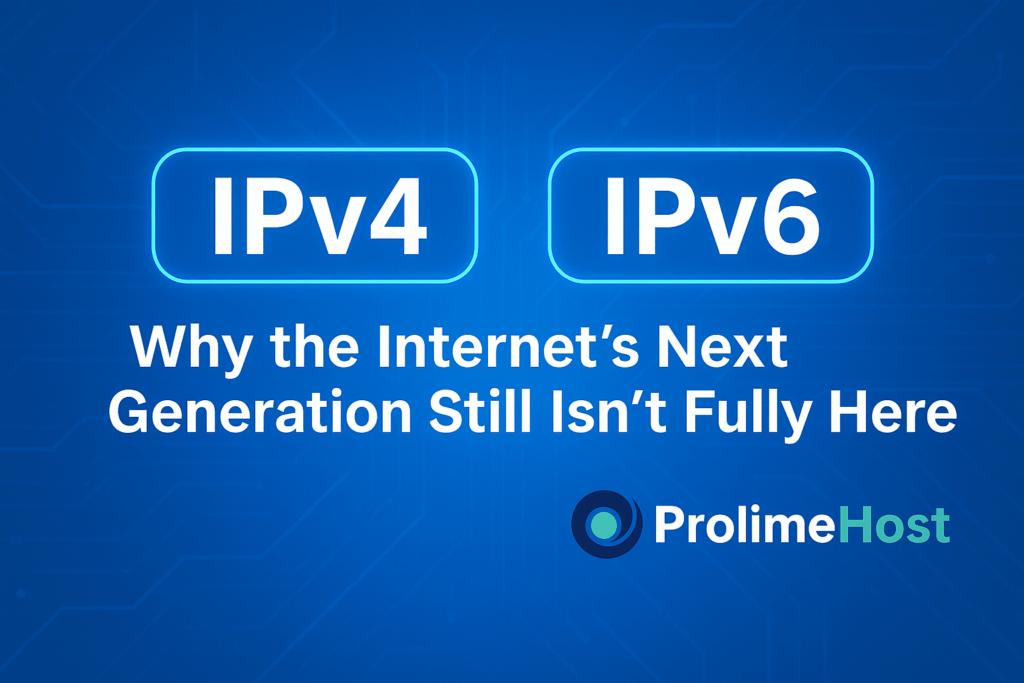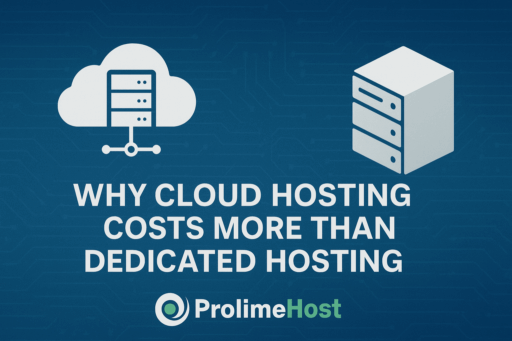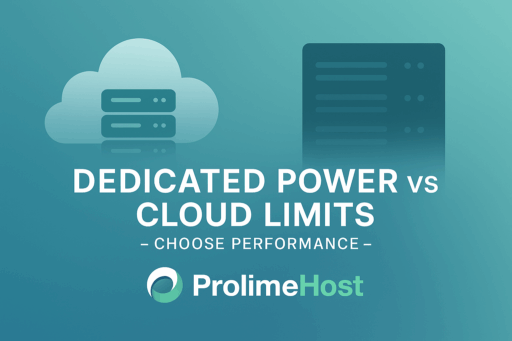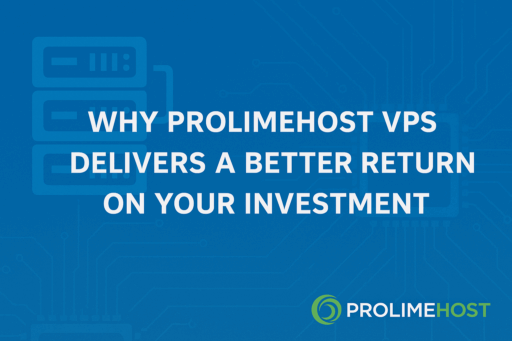
Understanding the Basics
Every device connected to the internet from smartphones and servers to IoT gadgets needs an IP address to communicate. For decades, this role has been filled by IPv4, the original Internet Protocol addressing scheme. However, as the number of connected devices exploded, the pool of IPv4 addresses began running out, leading to the development of IPv6 as a long-term solution.
IPv6 isn’t just an expansion; it’s a complete evolution of how devices identify, connect, and communicate securely across global networks.
Key Differences Between IPv4 and IPv6
1. Address Format and Size
- IPv4: 32-bit addressing (e.g.,
192.168.1.1) allows about 4.3 billion addresses. - IPv6: 128-bit addressing (e.g.,
2001:db8:85a3::8a2e:370:7334) offers 340 undecillion possible combinations.
This increase ensures every person, device, and even virtual instance can have a unique global IP.
2. Configuration and Management
- IPv4 typically uses manual setup or DHCP for assigning addresses.
- IPv6 offers stateless auto-configuration (SLAAC) — allowing devices to self-assign without manual input, ideal for large data centers and IoT environments.
3. NAT vs Direct Connectivity
IPv4’s scarcity led to widespread use of Network Address Translation (NAT), where multiple users share a single public IP.
IPv6 removes that bottleneck. Each device gets its own globally routable IP, simplifying peer-to-peer and remote access connections.
4. Security and Efficiency
IPv6 was built with end-to-end encryption (IPsec) as a fundamental component. Its simplified packet headers also improve routing speed and network performance. Additionally, multicasting and QoS (Quality of Service) are far better supported; critical for AI workloads, streaming, and real-time communications.
5. Compatibility and Coexistence
IPv4 and IPv6 cannot directly communicate. Most modern infrastructures use dual-stack configurations — running both simultaneously to ensure universal compatibility.
Why IPv6 Adoption Has Been So Slow
Despite clear advantages, global IPv6 rollout has been slower than anticipated. The reasons are more practical than technical:
1. IPv4 Still Works
IPv4 continues to serve billions of users daily, aided by NAT and subnetting. For most organizations, “if it isn’t broken, don’t fix it” still applies.
2. Migration Costs
Transitioning to IPv6 requires updating routers, firewalls, monitoring tools, and applications — an investment that doesn’t yield immediate profit.
3. Dual-Stack Complexity
Operating IPv4 and IPv6 side by side adds administrative burden and new security policies to manage.
4. Limited End-User Impact
End users rarely notice the difference between IPv4 and IPv6, so demand pressure remains low.
How IPv6 Improves Networking
- Massive scalability: Every device on Earth can have a unique IP.
- Better performance: Reduced header overhead and routing simplicity.
- Enhanced security: IPsec built into the core protocol.
- No NAT: True end-to-end connections for faster, cleaner communication.
- IoT and AI-ready: Supports exponential growth in connected devices and smart infrastructure.
What This Means for Hosting and Data Centers
For hosting providers like ProlimeHost, IPv6 isn’t optional — it’s the next stage in network evolution.
As AI, GPU workloads, and global virtualization increase, IPv6 ensures that every dedicated server, VM, and AI model node can operate independently and securely within vast distributed architectures.
By gradually adopting IPv6 alongside IPv4, ProlimeHost helps clients stay ahead of the curve — avoiding future address exhaustion issues and ensuring long-term scalability.
Frequently Asked Questions
1. Will IPv4 be discontinued soon?
No. IPv4 remains dominant and will coexist with IPv6 for many years. However, IPv6 adoption continues to rise among ISPs, cloud providers, and AI-driven infrastructure platforms.
2. Can I run both IPv4 and IPv6 on my server?
Yes. Most dedicated servers and modern OS environments support dual-stack configuration, allowing both protocols to function simultaneously.
3. Does IPv6 improve speed or performance?
Indirectly, yes. IPv6 simplifies routing and reduces NAT overhead, leading to cleaner, more efficient connections — though results depend on the network’s setup.
4. How does IPv6 impact security?
IPv6 integrates IPsec encryption and authentication, enhancing end-to-end data protection across the network.
5. Why should hosting clients care?
Because IPv6 is the foundation of future-proof hosting. As the Internet of Things, AI clusters, and cloud ecosystems expand, IPv6 ensures your business infrastructure can scale without limitations.
Contact ProlimeHost
Future-proof your infrastructure with IPv6-ready dedicated servers and enterprise-grade networking solutions.
📧 Email: sales@prolimehost.com
📞 Call: +1 (877) 477-9454
🌐 Visit: www.prolimehost.com




